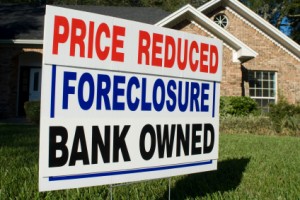 By Jay McKenzie
By Jay McKenzie
Recently, the National Association of Home Builders (NAHB) hosted “Building in 2012,” its annual Mid-Year Update and Economic Forecast.
If you weren’t able to attend this important industry webinar on July 12, 2012, BDX has summarized key findings that NAHB shared with members, the media, and industry leaders.
Some of the key take-away’s:
- NAHB sees clear evidence of a housing rebound, dating to last year.
- Since September 2011:
- Total housing permits are up 26.6% nationally.
- Single-family housing permits are up 15.4%.
- Existing home sales are up 6.6%.
- New home sales are up a much stronger 21%.
- Housing prices are up slightly nationally — and up significantly in many markets.
- The NAHB/Wells Fargo Housing Market Index is up 107%.
- New home sales from large public/private builders surveyed by NAHB are up 23.5%.
As strong as these indicators are, NAHB sees three major factors slowing the pace of recovery: slow job growth, housing units in/poised for foreclosure, and tight mortgage lending standards.
NAHB compared current housing production levels to an average for 2000 to 2002, prior to the boom and bust cycle in housing. According to NAHB:
- Remodeling production has rebounded to 102% of 2000-2002 levels.
- Multi-family home production is at 66% of 2000-2002 levels.
- Single-family home production is at 38% of 2000-2002 levels.
Clearly, single-family production — typically the largest component of the market — is lagging other product segments. NAHB cited these reasons for the slower pace of recovery in single-family home sales:
- For the past five years, average household formations are at 43.3% of the prior five-year average.
- 80% of new households in the last five years are renting housing, not buying it.
- Real incomes have declined for all age groups except 65+.
While builders remain concerned about losing market share to resale and foreclosed homes, the number of homes in foreclosure or more than 90 days past due varies widely by state. Six states (Florida, New Jersey, Maryland, Illinois, Delaware and Connecticut) have more than a 12-month supply of distressed homes; 24 states have less than a six-month supply.
Similarly, home values vary widely by market. To zero in on the pace of recovery by market, NAHB created its Improving Market Index (IMI) which ranks major metropolitan areas on three barometers of recovery in each market: employment, single-family permits, and change in home prices.
Based on those criteria, The NAHB/First American Improving Markets Index is up 600% — from 12 markets in September 2012 to 84 markets in July 2012.
NAHB closed the economic update by noting that mortgage credit standards are very tight.
As David Crowe, Chief Economist of NAHB put it, “Lenders were approving mortgages for buyers with a FICO Score of 710 before the boom. Now they’re denying loans to buyers with FICO Scores of 730.”
Despite concerns around the pace of housing’s recovery, NAHB sees a clear rebound in the market for single-family homes and forecasts that sales will rise 19% in 2012 to 519,000 units.
Jay McKenzie heads up content for Builders Digital Experience.

